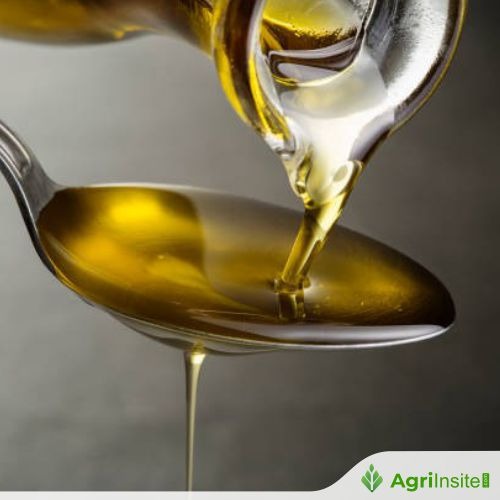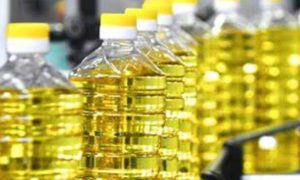Palm oil prices likely to remain elevated

HLIB Research has upgraded its view on the plantation sector to “overweight,” citing sustained crude palm oil (CPO) prices into 1Q26. Strong year-to-date performance, tight supply, La Nina risks, ageing trees, slow replanting, and higher biodiesel mandates in Indonesia support the outlook. Earnings forecasts rose 0.3%, with SD Guthrie and Hap Seng as top picks.
PETALING JAYA: Hong Leong Investment Bank Research (HLIB Research) has upgraded its call on the plantation sector to “overweight” from “neutral”, projecting crude palm oil (CPO) prices will likely sustain into the near-to-medium term, possibly until the first quarter of financial year 2026 (1Q26).
The research house raised its CPO price assumptions by RM100 per tonne to RM4,300 in 2025 and RM150 per tonne to RM4,200 in 2026, citing stronger-than-expected year-to-date performance and continued tightness in palm oil supply.
“The firm CPO price trend will likely sustain into the near-to-medium term due to several supporting factors, including the potential return of La Nina, higher biodiesel mandate in Indonesia and renewed concerns on slowing palm output growth,” it said in a report to clients yesterday.
HLIB Research highlighted that despite the seasonally higher cropping cycle and subdued export demand, average CPO prices have remained firm at RM4,345 per tonne year-to-date.
The report noted that “current supply-demand dynamics are largely priced-in”, indicating that tightness will persist.
The research house added major weather forecasts have increased the likelihood of La Nina developing in 4Q25, which could disrupt palm oil harvesting in Malaysia and Indonesia and hinder soybean planting in South America.
“If materialised, such weather patterns could weigh on global edible oil supplies,” it pointed out.
It also pointed to structural supply-side constraints in the palm oil industry, highlighting concerns that palm oil output growth in both Malaysia and Indonesia will likely resurface due to ageing tree profiles, slow replanting and limited new land expansion.
Indonesia’s government intervention – including taking over 674,000 ha of oil palm plantations and investigating another 1.8 million ha – may further curb production and deter investment in the short term.
The B40 biodiesel mandate in Indonesia, implemented in January 2025, has also bolstered domestic consumption.
HLIB Research observed biodiesel usage reached 7.42 billion litres by mid-July 2025, equivalent to an additional two million tonnes of domestic palm oil consumption, and the government there is considering raising the blend rate to B50 in 2026, which could further tighten exportable supply.
Following the price and cost revisions, HLIB Research raised earnings forecasts for planters under its coverage by 0.3% to 15.8%, while adjusting target prices by between minus 8.8% and plus 12.6%.
However, stock ratings remained unchanged.
Its top picks include SD Guthrie Bhd (target price RM5.76 a share) for its diversification into renewable energy and industrial property development and Hap Seng Plantations Holdings Bhd (target price RM2.29), backed by a “solid balance sheet” with RM653.6mil in net cash as of June 30 and strong leverage to CPO price movements.
Furthermore, the research house’s sector upgrade signals a bullish stance on the plantation sector amid expectations of firm pricing and constrained global supply.
To Read more about Edible Oil News continue reading Agriinsite.com
Source : The Star
















